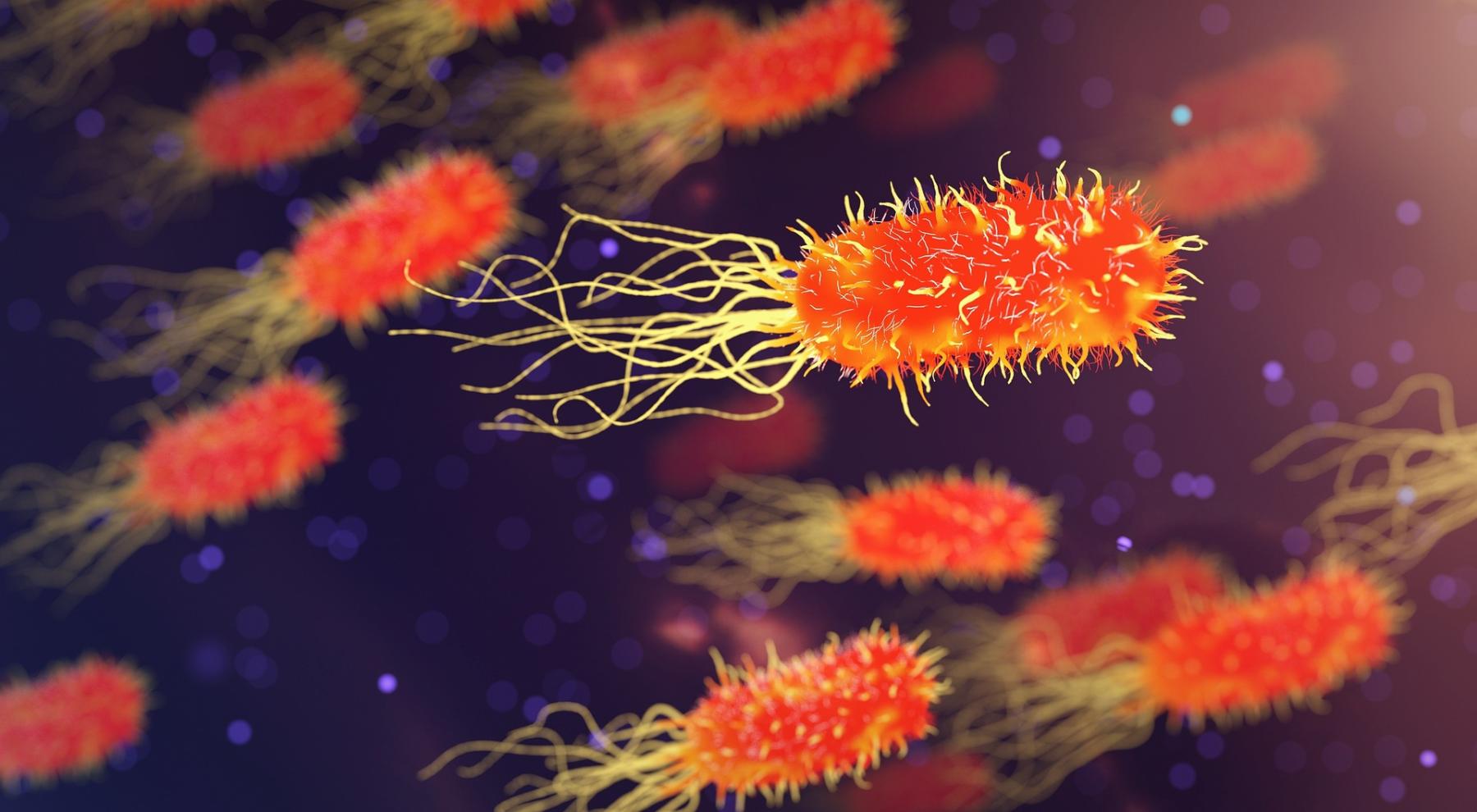
Screening for Antibiotic Production
by Cynthia Bujanda
This lesson is part of a project to isolate bacteria from soil and test it for antibiotic activity. This lesson must follow Microbial Serial Dilutions. You can also use this lesson to screen for antibiotic production of any bacteria species sampled from anywhere you wish, however here we focus on soil bacteria that have been selected from a serial diluted plate. This project is a real research experience for students and can be modified so students ask their own questions. This lesson is based on the Tiny Earth project. It takes a total of 4 days with one of them being a block period.
Lesson Plan Link/URL
https://docs.google.com/presentation/d/1OMA3Y6vek14Nma8THU11xsPTyw3D7dKS/edit?u…Subject Area
Science Life Science L1: Cells Engineering S4: Apply Science to Engineering Mathematics Measurement and Data (MD)
Featured
Off
Related Content

Grades:
9th Grade, 10th Grade, 11th Grade, 12th Grade
This is a high school level project that covers food webs, nutrition cycling, and human intervention in ecosystems. This gives students a hands-on, real-world look at a water system in their backyard.

Grades:
7th Grade, 8th Grade, 9th Grade, 10th Grade, 11th Grade, 12th Grade
This is an overview of Electronic Circuits, using TinkerCad to learn how to change components, add wires and connect a circuit. Three online simulation lessons are provided with the option to continue

Grades:
9th Grade, 10th Grade, 11th Grade, 12th Grade
This lesson is a follow-up to the lesson titled "Creating Sustainable Solutions with Bioplastics Part 1". In this lesson, students evaluate different ingredients for bioplastics and create a minimum

